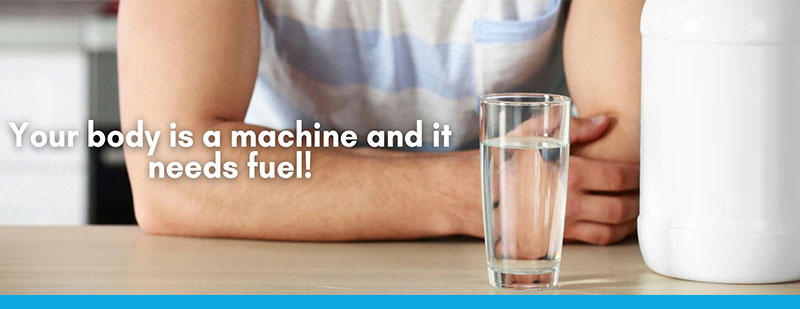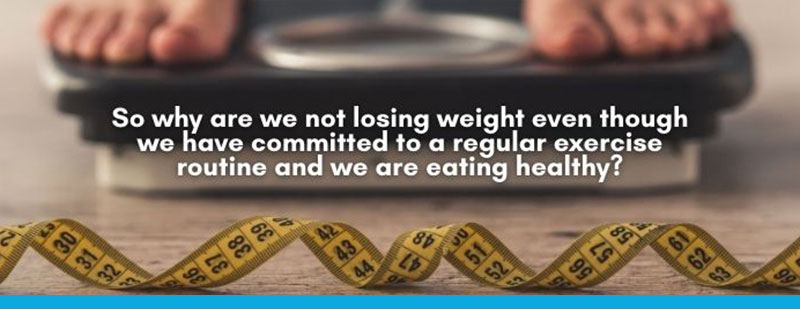MOVEMENT AS MEDICINE
It is no secret that one of the keys to a holistically healthy life lies in how often we exercise. Doctors, trainers, researchers, fitness enthusiasts and the like have proven that regular exercise has a multitude of benefits.
In this blog, we offer some tips on how you can capitalise on the movement of medicine, without having to make major changes to your schedule.
A recent scientific statement from The American Heart Association has recommended that doctors start writing out ‘movement prescriptions’ for people suffering from high blood pressure and cholesterol as increased daily physical activity has been proven to lower blood pressure and decrease cholesterol.
THE EVIDENCE
Hundreds of studies spotlight the role of movement in curing or easing the symptoms of various diseases and conditions. (While most studies do not prove that movement causes these positive changes, all show that exercising and activity are highly correlated with them.)
1. Twenty minutes of exercise can act as an anti-inflammatory. According to this study, even a short, 20-minute walk can produce anti-inflammatory effects by stimulating the immune system.
2. Sitting for prolonged periods reduces blood flow to the legs and increases the risk of heart disease by accelerating the build-up of plaque in the arteries. Constant sitting also puts people at higher risk for diabetes, depression, and obesity.
3. Older women who sit too much and exercise too little show biological ageing at the cellular level. Cells of sedentary women have shorter telomeres, tiny caps at the end of DNA strands that protect chromosomes from deterioration and premature ageing.
4. Standing up and walking around for five minutes every hour improves health and well-being. A study of desk workers concluded: “Standing up and walking around for five minutes every hour during the workday could lift your mood, combat lethargy without reducing focus and attention, and even dull hunger pangs, according to an instructive new study.”
5. Exercise alleviates some symptoms of Parkinson’s disease and can slow its progression. As summarised here by health writer Jane Brody, regular exercise, tailored to the needs of Parkinson’s patients, “can result in better posture; less stiffness; improved flexibility of muscles and joints; faster and safer walking ability; less difficulty performing the tasks of daily living; and an overall higher quality of life.”
GETTING MOVING
Don’t panic. You don’t need to become an over-zealous gym bunny to reap the movement rewards.
In as little as 10 minutes a day, you can start to move a bit more without having to adopt a new workout routine, or adjust your schedule too much.
Start by simply taking cues from your body. If your back begins to ache, or you suddenly feel lethargic, this is a cue to move.
- Stand up at your desk, and stretch. Swing your arms, touch your toes, and bend your knees.
- Take a short walk around the office or outside in the garden. Breathe and walk briskly.
If you are out and about, simply adjust the way you get from point A to point B.
- Take the stairs instead of the lift.
- Park a little further away from the door.
- Walk with purpose, focusing on your breathing. Don’t dawdle.
These simple changes will make all the difference and when you’re ready to commit to a little more, you can start with the following simple steps:
- Make time for your movement. Schedule it into your diary as a ‘do not disturb time. Treat this as an appointment with yourself and regard it as equally important as your meeting with the CEO.
- Do something you enjoy. Dance, swim, skip. Play a ball sport or ride a bike. You’re more likely to stick to your movement times if you’re doing something that brings you joy.
- Find a friend that will join you or hold you accountable. Moving together is a powerful social motivator and excellent for your mental health as well.
AVOID OVERDOSING
All this being said, as much as ‘under-dosing’ on movement can cause inherent issues, overdoing it can be problematic as well. If you suffer from any form of chronic illness or have an old injury, make sure you consult your physician before embarking on any new workout.
AIM FOR HOLISTIC HEALTH
Life is all about balance. Finding the ideal balance for you is what will help you reap the rewards, we are all different but nutrition, movement and mental well-being all need to play a role in your overall health. Start slowly and adopt sustainable habits.
Body20 offers 20-minute sessions that incorporate both strength and cardio, as well as Relax sessions that are great for stress relief or to keep you ‘active’ when recovering from illness or injury. Everyone can find 20 minutes in their day to invest in their health, so book your free demo at your nearest Studio and let us help you to heal and be healthy through low-impact, high-result movement and holistic wellness packages.









